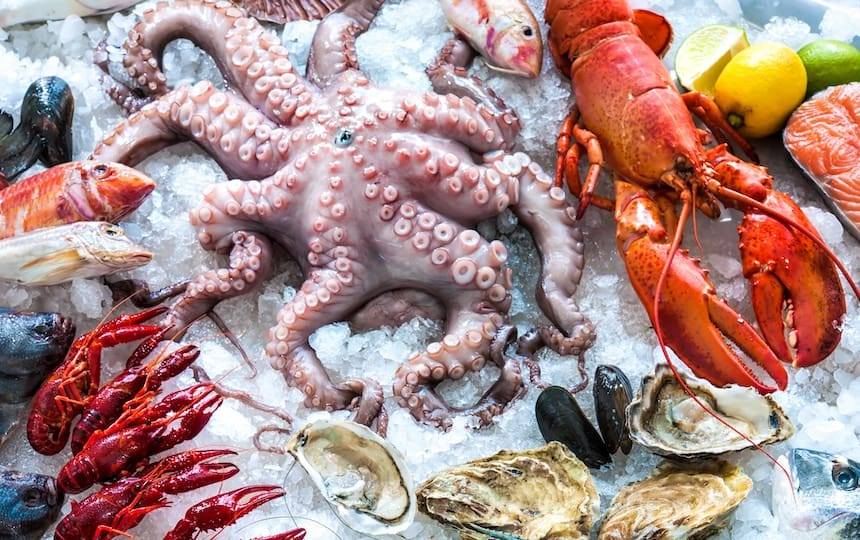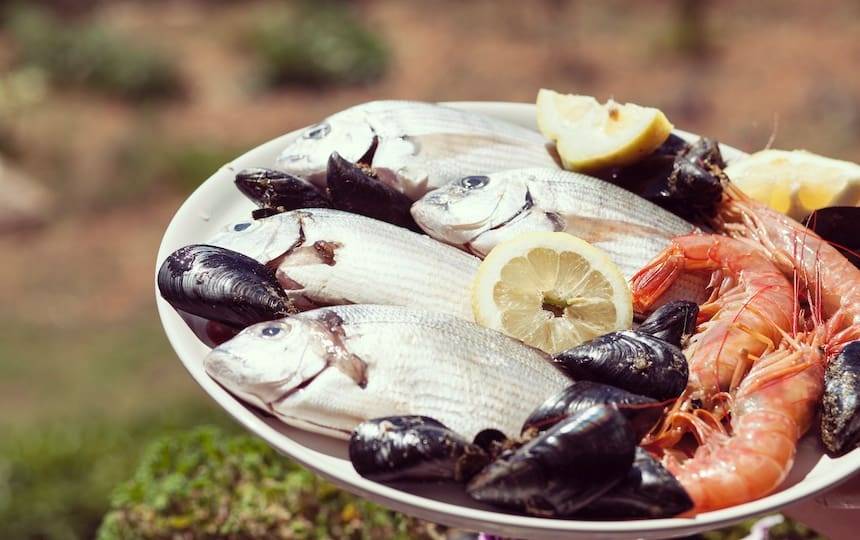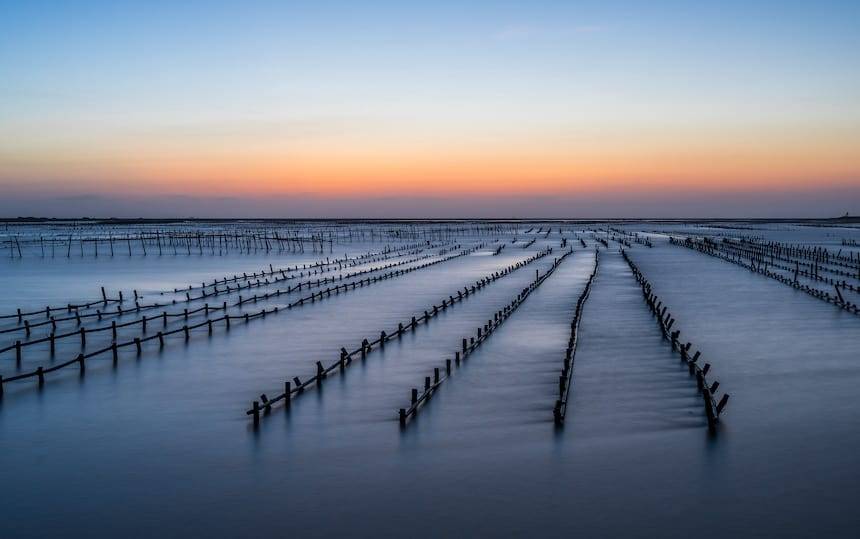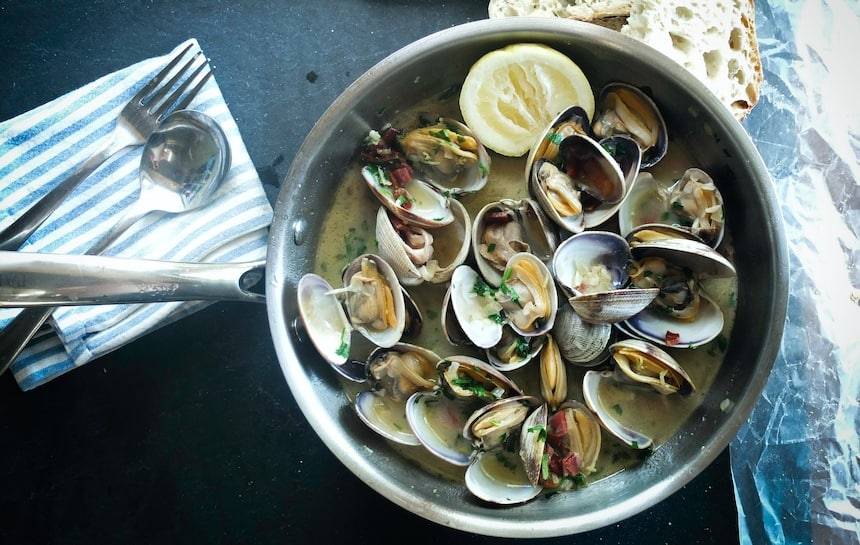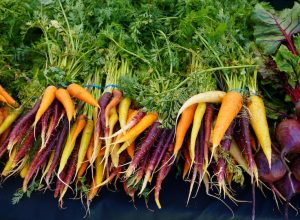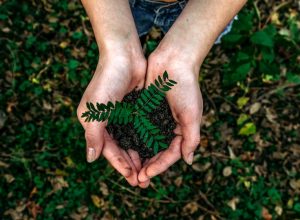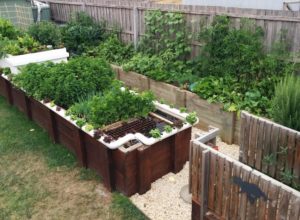Australians eat 25kg of seafood per person each year, but how can we be sure we’re all eating sustainable seafood? Here are four tips to help you choose seafood that’s sustainable.
Seafood has traditionally been a nutritional powerhouse for humans, being high in protein, minerals and vitamins and low in saturated fats.
But is our abundant appetite for seafood sustainable? Is the fish or shellfish we eat caught or farmed in a way that does not affect the long-term health of the species, or the marine habitat where it is harvested?
Current data shows Australian fish stocks are following the worldwide trend of being stressed and over-exploited. We are still eating plenty of species categorised as depleted and vulnerable to exploitation, such as shark, tuna and Orange Roughy.
For the average person, presented with a smorgasbord of seafood to buy in the supermarket, or turned into enticing meals in the restaurant, it’s hard to remember which species is truly sustainable seafood.
Fortunately, there are some comprehensive guides available to help us make ethical seafood choices. It’s also good to have some understanding of what’s behind these guides and what they mean.
How to check if you’re eating sustainable seafood
Ask, “What species is it?”
A general guide when choosing fish from the ocean is to eat smaller, faster-growing species such as sardines, mackerel, whiting and mullet. This may involve a change in our eating habits and tastes. Help is at hand, with plenty of wonderful recipes available online for people willing to make the conscious choice.
It’s important to break our habits of buying the large, long- lived species of fish such as tuna, salmon, Orange Roughy and the shark species commonly known as flake. They definitely don’t fit in the sustainable seafood picture and they are also the most likely to have accumulated mercury in their flesh.
Ask, “Where is it from?”
It’s important to know where the seafood you are buying comes from. Australian fisheries are some of the best managed in the world and use catch quotas, limits to fishing boat size and limits to the type of fishing gear used, to protect against over-fishing.
While the focus in the past has been to manage a particular species in isolation, more and more Australian fisheries are bringing in controls that consider the whole marine ecosystem and the effect the fishing of one species has on all the other species in that environment.
This is not to say that all Australian fisheries are sustainable. When you are buying seafood you really need to check your guide and ask what State in Australia it comes from, and whether the species in that particular fishery is being sustainably harvested.
Ask, “How is it caught?”
There are a number of different fishing methods and some are more damaging than others.
In general, the least impact comes from purse seine nets (a weighted net that closes like a purse) where bycatch is very low and single species can be targeted. Handline, dive fisheries and squid jigs are also thought of as low impact.
Ask, “How is it farmed?”
Fish farming is a big business. One third of seafood produced in Australia comes from fish farms.
With large scale aquaculture operations located all over the country, on and offshore, the methods of farming vary. So we really need to ask, each time we purchase farmed seafood – how is this fish farmed and is it good for the environment?
Is it a nutritious, healthy food source? How many kilograms of wild fish were caught to make 1kg of this farmed fish?
Everything you need to know about sustainable seafood
Want more information about choosing sustainable seafood for the good of the planet?
In Issue #16 of Pip Magazine, we provide a comprehensive guide to farmed seafood (some of which gets our tick of approval, while others are best to avoid for sustainability reasons), take a look at the benefits of edible seafood, provide information about imported seafood, and we also feature a delicious pickled octopus recipe.
Click here to view Issue #16 of Pip online.

